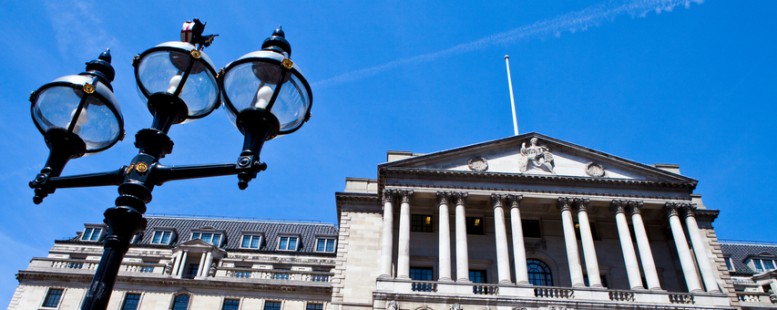Our Opinion: 2017
Where next for Sterling?

Those Britons holidaying in Europe over the summer cannot have avoided the pain of the increased cost for croissants and cappuccinos. The Pound has slid to its lowest level against the euro since 2009, with the single currency now buying around 92p, compared to 70p before the referendum in June 2016. And while sterling has recovered some ground against the dollar, in trade-weighted terms – tracking a basket of major trading partners’ currencies – it is close to 2016’s record low.
The Euro has gained 10% since April, helped by a sense of political drift and confusion on this side of the Channel, together with some weak recent data. This contrasts with the euro-zone economy which is finally recovering after years of under achievement, and a stable political environment – at least until the German election.
There had been talk of a leadership challenge to Theresa May in October, while any prospect of an early election would put Sterling under immediate selling pressure. It raised the spectre of a Labour government raising taxes on firms and high earners, which would be likely to lead to substantial capital outflows. One reason why the Prime Minister has just spoken of her determination to lead for the long term.
Meanwhile, the European Central Bank is expected to reduce the pace of its quantitative easing programme soon, while UK monetary policy is likely to stay looser for longer. The closer the prospect of interest-rate rises, the stronger a currency, as the prospective yield on its assets increases. Morgan Stanley predicts the Pound is heading for parity with the Euro early next year before returning to today’s levels by the end of 2018.
But is this too gloomy? Foreign Exchange markets are notorious for overshooting and then snapping back quickly. The UK economy has hardly fallen off a cliff, and political instability could return to the continent if populists make gains in Italy’s election next year. What’s more, the sharp slide has already made sterling look very cheap in terms of ‘purchasing power parity’ – or PPP – a key currency valuation measure.
PPP posits that in the long term an exchange rate should move towards the point that equalises the prices of the same good in each country; in other words, a pound should buy the same in each country. PPP with the Euro would imply an exchange rate of 82p,
In the meantime, the Pound has gained 8% against the dollar this year, so which indicator is right? Dean Turner at UBS – our strategic partner – believes that “the Pound’s journey south against the Euro is probably closer to the end than the beginning”. Sterling could soon bounce back.
6th September 2017
